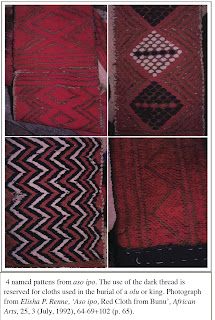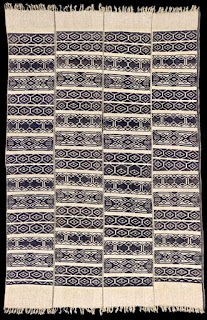Traditional Textiles, Modern Design.

A new generation of African designers are showing the amazing versatility of traditional handwoven textiles. For centuries if not millennia before the mass import of European and Indian made printed textiles, African weavers and dyers created the majority of textiles worn by king and commoner alike. The influx of industrial textiles had a disastrous effect on many cloth-producing regions of the continent. The raffia weaving centers of West-central Africa were one of the largest producers of textiles in the world at the beginning of the 17th century and now very few ethnic groups continue to weave. The southeast African cotton-weaving traditions that had thrived from the beginning of the 11th century until the early 1900s have completely disappeared. Despite this, West African weavers especially those working in Ghana and Nigeria continue to weave for local markets, and contemporary designers are taking these historical textiles and incorporating them into modern designs for a global...




